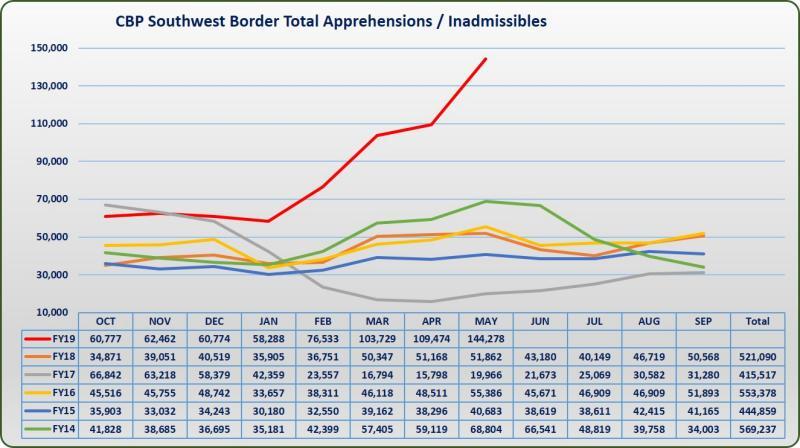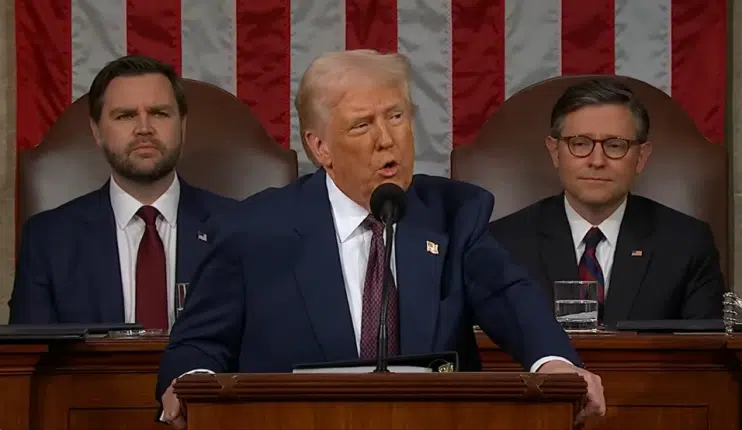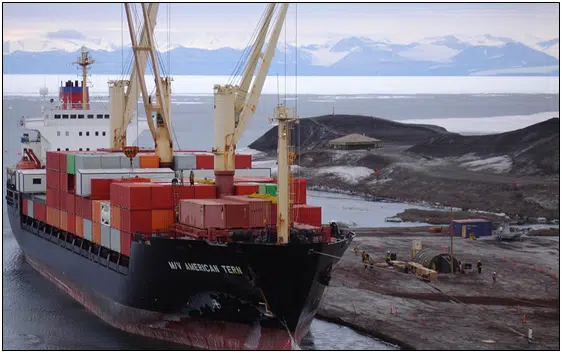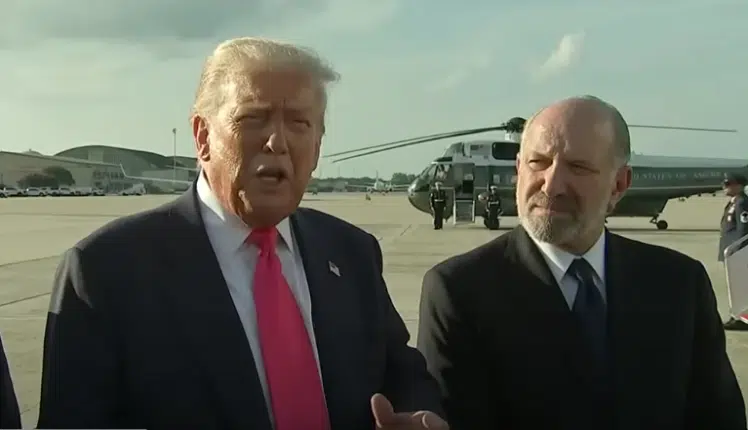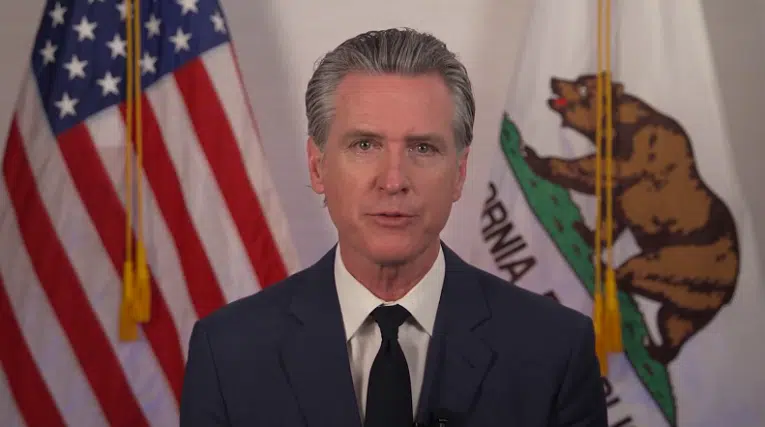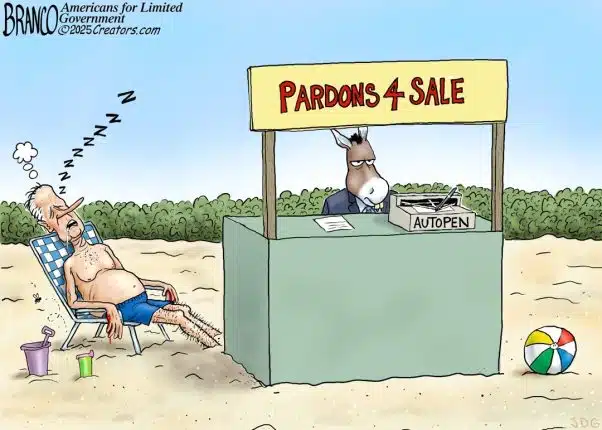President Donald Trump and his administration have reached a deal with Mexico to curb illegal immigration flowing through its country, effectively using tariffs and trade policy to achieve a resolution to the dispute.
Trump made the announcement on Twitter on June 7, stating, “The United States of America has reached a signed agreement with Mexico. The Tariffs scheduled to be implemented by the U.S. on Monday, against Mexico, are hereby indefinitely suspended. Mexico, in turn, has agreed to take strong measures to stem the tide of Migration through Mexico, and to our Southern Border. This is being done to greatly reduce, or eliminate, Illegal Immigration coming from Mexico and into the United States. Details of the agreement will be released shortly by the State Department.”
Mexico needed to get illegal immigrants flowing unabated through its county under control, or else President Donald Trump warned that he would hit them with escalating tariffs on goods it ships to the U.S.: 5 percent starting on June 10, 10 percent on July 1 and then up to 25 percent by October.
Americans for Limited Government President Rick Manning issued a statement crediting President Trump for using tariffs to get a deal, saying, “President Trump’s threat to put escalating tariffs on Mexico if it would not act to curb hundreds of thousands of illegal immigrants passing through their country has worked. Retaining the right to enact them should Mexico fail to follow through on its agreement, President Trump has demonstrated leadership where others would have shrunk from the responsibility. Without the tariff there would be no deal. Trump was willing to take a bold stand and stood strong to resolve a dispute with our neighbor to the south. That is how to put America first.”
The tariff threat came as illegal immigration on the southern border has spiked dramatically. Apprehensions on the southern border hit 144,278 in May, according to data compiled by the U.S. Customs and Border Patrol totaling 675,989 apprehensions for the fiscal year so far. That’s already more than all of 2018, which was 521,090. 84,542 were in family units, and 11,507 were unaccompanied children, according to the data.
This massive wave of migration is said to be brought on by adverse weather conditions. According to the Food and Agricultural Organization of the United Nations, “Central American governments estimated that 2.2 million people have suffered crop losses, mainly due to the drought… More than 25 percent of the households surveyed do not have enough income to cover their basic food needs and eight percent of the families reported that they plan to migrate in response to this situation.” In short, there is an economic and humanitarian crisis.
In response to the tariff threat, Mexican police seem to have been called into some limited action, with 200 police apprehending about 1,000 migrants who were walking north, according to the Associated Press. It stated, “The migrants say they aim to reach the U.S. border, where many plan to request asylum.”
But some members of Congress could not even countenance a tariff. Senate Republicans freaked out, with some threatening to block it. Fortunately, House Minority Leader Kevin McCarthy (R-Calif.) backed up President Donald Trump’s 5 percent tariff against Mexico. “What I think, is we should we should empower the president to be able to have a strong hand in negotiations,” McCarthy told reporters on June 5.
President Trump also quoted McCarthy in a tweet saying, “House Republicans support the President on Tariffs with Mexico all the way, & that makes any measure the President takes on the Border totally Veto proof. Why wouldn’t you as Republicans support him when that will allow our President to make a better deal.”
And we really need a better deal. With so many family units coming — again 84,542 were in family units last month alone — the numbers are overwhelming the system. Under the 1997 Flores consent decree, the federal government is required to release illegal aliens with minors after 20 days.
Plus, the 2008 Trafficking Victims Protection Reauthorization Act makes it illegal to send unaccompanied minors from Central America back home to their countries.
Those making the trip are aware of these loopholes.
Making matters worse, Immigration and Customs Enforcement has just 52,000 beds to detain those apprehended at the border, creating a situation of mandatory catch and release. The 2018 authorization in the spending bill allowed for an average daily of 40,520 beds, but President Donald Trump increased that to 49,000 by moving things around in the budget. This year, the new baseline is 45,274 beds that can be ratcheted up to 52,000. There are more than 144,000 people being detained last month alone.
President Trump has requested another $4.5 billion supplemental from Congress for additional facilities and resources. $3.3 billion of that will go to humanitarian assistance, including more beds. But Congress has been sitting on it for more than a month. It could have been included in the $19 billion disaster relief bill but it wasn’t.
As for the wall, Lt. Gen. Todd T. Semonite, Chief of Engineers and Commanding General of the U.S. Army Corps of Engineers, reporting from Calexico, Calif. told President Trump about 450 miles of wall will be built in 2019 and 2020: “Around Dec. 2020, the total amount of money we will have put in the ground in the last couple of years will be about 450 miles. That’s probably about $8 billion, in total about 33 projects.” That includes monies Congress has appropriated plus what President Trump reprogrammed in his national emergency declaration.
As quickly as it is going up, it’s not nearly enough to halt the current wave.
Another problem is there are only 415 immigration judges, according to the Justice Department. One thing the administration might consider is putting more them on the border to handle each case. At the current rate, if every judge we have were on the border doing nothing else but asylum cases each judge would have to process about 350 cases a month. Working Monday through Friday, that would mean about 17 or so a day.
But that’s well above their current workload. According to a Sept. 2018 Washington Post report by Maria Sachetti, “the judges already complete 678 cases in an average year, and some clear more than 1,000.” Meaning, the procedures are not fast enough to contend with the current migration flow and probably need to expedited.
Meaning, we need more beds, more judges, more barriers and a Congress willing to get serious about it. And a reliable neighbor Mexico to halt the migration coming through its lands. Right now, all have been in somewhat short supply. With a deal with Mexico in hand, perhaps a resolution can be had. If it weren’t for President Trump’s determination and his art of the deal, we wouldn’t even stand a chance of getting a handle on it.
Updated to reflect the new agreement with Mexico.
Robert Romano is the Vice President of Public Policy at Americans for Limited Government.



